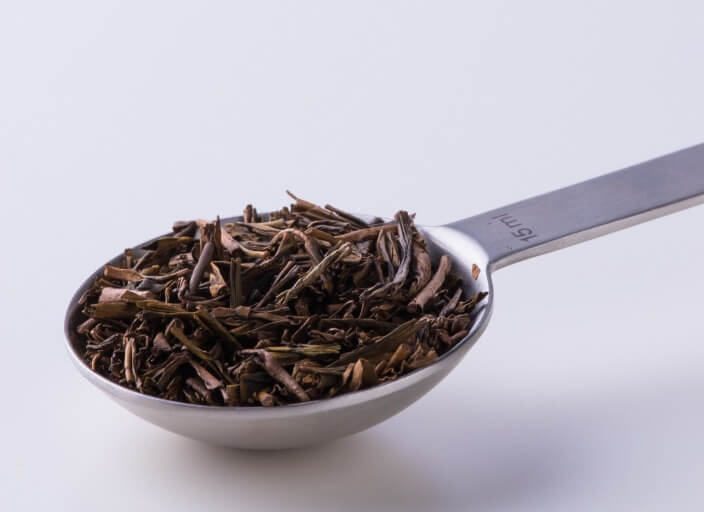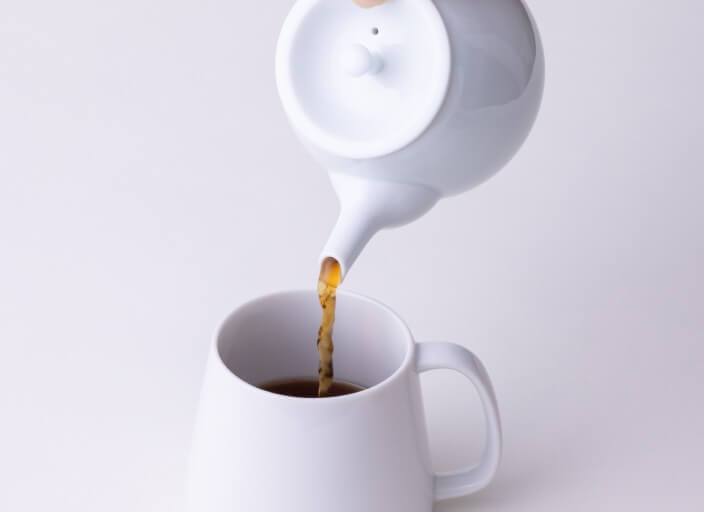Hojicha: The Perfect Tea for Coffee Lovers
Not all green tea is green. In fact, one of the most popular everyday green teas in Japan brews as dark and toasty as coffee.
We’re talking about hojicha, an aromatic roasted style of tea leaves and stems. When brewed hot, it’s a hearty, soothing way to warm yourself on cool days. When iced, it’s as crisp and refreshing as a cold swim. It’s even used as an ingredient to add a toasty, roasty character to pastries and desserts. And it’s so affordable you can drink it every day.
Tea for the people
Hojicha is a kind of bancha: tea made from older, more mature leaves instead of the tender young shoots we use for sencha, gyokuro, and matcha. Compared to those baby leaves, bancha tends to have a simpler flavor, lighter body, and more astringency. But it’s also much less expensive to grow and process, and it’s the tea of choice in Japan for everyday casual drinking. If you’ve been served tea in a casual Japanese restaurant, there’s a good likelihood it was bancha. It goes great with food, either alongside a meal as a palate cleanser or afterward, to settle your stomach.
To make our hojicha, we roast dried bancha leaves and stems until they develop flavors of coffee, caramel, and roasted nuts. We’ve found many coffee drinkers gravitate to this tea for its dark aromatic elements and smooth, refreshing taste that lingers after you sip. And it’s more or less foolproof to brew yourself.
How do I brew it?
To get the most of hojicha’s dark, roasty flavor, brew it with full boiling water. Bancha leaves are fluffier than sencha or gyokuro, so you’ll need 4 tablespoons (about 10 grams) to make an 8 ounce (240ml) pot. Steep for 30 seconds to extract a flavorful cup. After you pour, take the lid off the teapot so the tea can work its aromatherapy magic.
Standard Hojicha Brew
Makes one pot



Hojicha (and bancha generally) is more forgiving to brew than other Japanese teas, as it doesn’t get too bitter or astringent with overbrewing. So feel free to experiment with leaf ratios and steeping times to find a brew that’s just right for you.

And when it’s hot out, ice it: Hojicha is an amazing alternative to iced black tea. Steep the tea with the same parameters above, but for 60 seconds instead of 30, then pour over ice. There’s no tea more crisp and refreshing.
Our Gokujo Hojicha is made with roasted leaves and stems for a balance of sweetness and aroma with a light but satisfying body.





